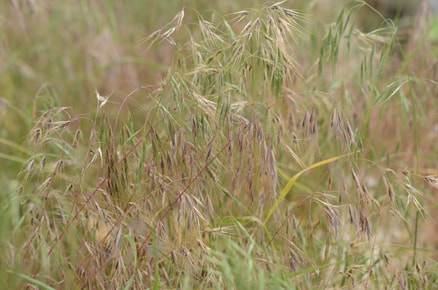Photo: Salt Cedar & Giant Cane, Big Bend National Park, Texas. © 2017 Delena Norris-Tull
Focus of this project
|
Website, research summaries, and commentary by Dr. Delena Norris-Tull, Professor Emerita of Science Education, University of Montana Western.
“Invasive plants can displace desirable species, alter ecological processes, reduce wildlife habitat, degrade riparian systems, and decrease productivity… Invasive plants are estimated to infest about 100 million [hectares] in the United States… Experts recognize invasive plants are the second most important threat to biodiversity after habitat destruction” (Sheley, et al., 2011). The focus of this project is an investigation of the policies and practices used in the Western United States to limit the spread of invasive plant species in rangelands, farms, forests, urban and suburban areas, natural areas, and public lands, in an attempt to evaluate the effectiveness of these efforts. My goal in creating the reports included in these webpages is to attempt to summarize recent research, present interviews conducted with numerous State, County, and Federal Agency representatives, provide a historical perspective, and provide some insights into the current status of management of invasive plant species in the western United States. I am still in the process of interviewing representatives from State and Federal Agencies, to add as many voices to the conversation as feasible. This is a website that I have developed myself, in an attempt to find answers to some of the questions I have had about the manner in which we are tackling the global issue of managing invasive plant species. Are the methods in use effective? Are we creating more harm than good? What is the impact of attempts to reduce invasive species on the health of ecological systems worldwide? What impacts will global climate change have on these issues? I do not pretend to have the answers. At best, I will probably generate more questions. I am hopeful that the information presented in these pages will assist County, State, and Federal Agencies in better addressing the issues that are raised herein. These webpages do not include specific information on each invasive species and how to manage them. For that information, I recommend the following resources:
Next Sections: |
